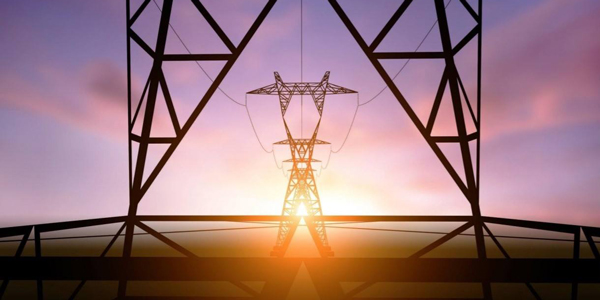By Amanda Durish Cook
FERC on Monday conditionally accepted MISO’s second attempt to address an inherent conflict within its Tariff related to the termination of generator interconnection agreements (GIAs) (ER18-2054).
The conflict stemmed from a discrepancy between what was laid out in MISO’s generator interconnection procedures (GIP) and its pro forma GIA.
In an October 2017 order, FERC found that a provision in the GIA allowing interconnection customers to extend the commercial operation date (COD) of a project by up to three years without facing termination conflicted with a GIP provision stating a COD extension required a material modification of the interconnection request — or the project risked removal from the queue. The discrepancy was discovered when the Merricourt wind project in North Dakota sought to extend its COD under a GIA with Montana-Dakota Utilities and MISO.
In mid-2018, FERC directed MISO to make a second Tariff filing clarifying an interconnection customer can extend its COD by up to three consecutive years before risking withdrawal from the queue. (See FERC OKs MISO Revision of Queue Termination Rules.) At the time, FERC directed MISO to “provide clarity as to the three-year period that must lapse before MISO must seek to terminate a GIA for failure of a generating facility to achieve commercial operation by the [COD].”
MISO’s updated Tariff language clarifies that an interconnection customer’s project has up to three years beyond its original COD to begin generating or risk removal from the interconnection queue.
The GIP now explains that once a GIA is executed or filed unexecuted, “if the generating facility fails to reach commercial operation by the [COD], such [COD] may be extended by [the] interconnection customer for a period up to three consecutive years, after which [the] transmission provider shall terminate the GIA if the generating facility has still failed to reach commercial operation.”
In its filing, MISO relayed concerns that the new GIP language could inadvertently allow a maximum six-year extension to a generating facility’s COD by creating a three-year maximum extension that is “distinct” from the same three years allotted in the GIA. That could occur when a project’s timeline is jeopardized by a change in milestone fees by another party to the GIA, a change in a higher-queued interconnection request and delays in MISO studies; and when an interconnection customer can show that engineering, permitting and construction will take longer than the definitive planning phase allows. None of the four exceptions amounts to a material modification under MISO Tariff.
FERC agreed with MISO that the language could be construed as creating an “additive” three-year extension that is “distinct from, and in addition to, the three-year extension that an interconnection customer may receive if it qualifies for any of the four exceptions.”
To avoid that reading, the commission Monday directed MISO to make a further compliance filing to reference that the new GIP language is consistent with the provision in its pro forma GIA that limits the COD extension to three years.




